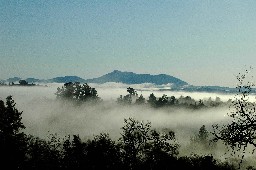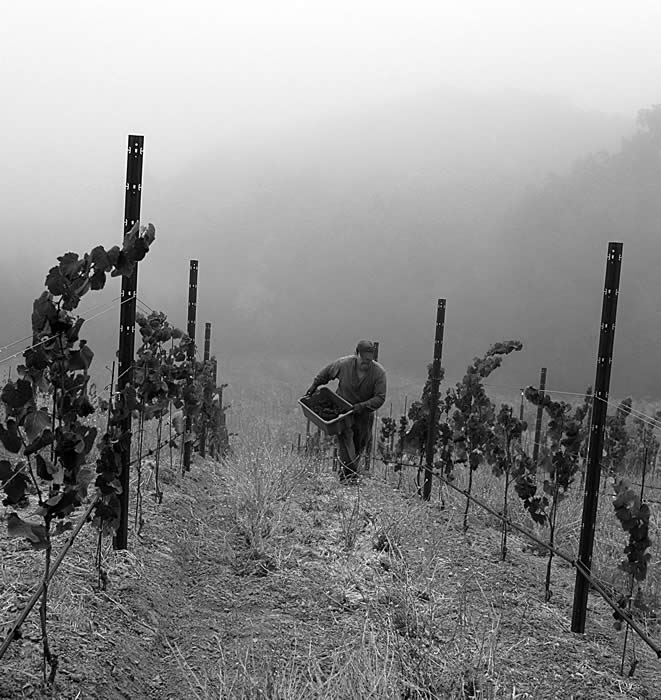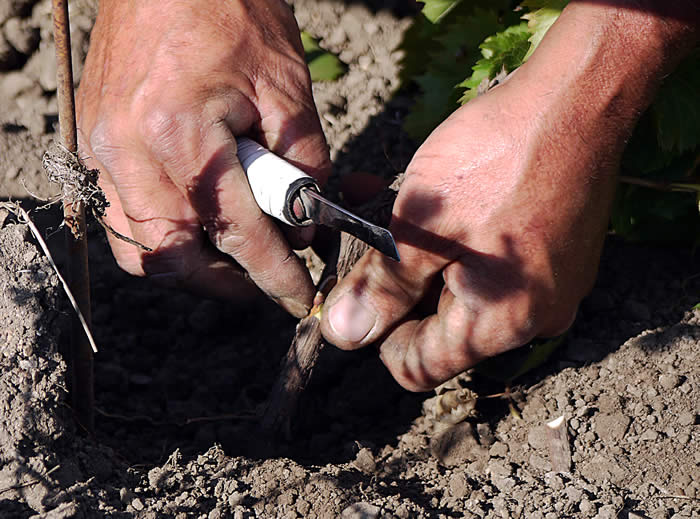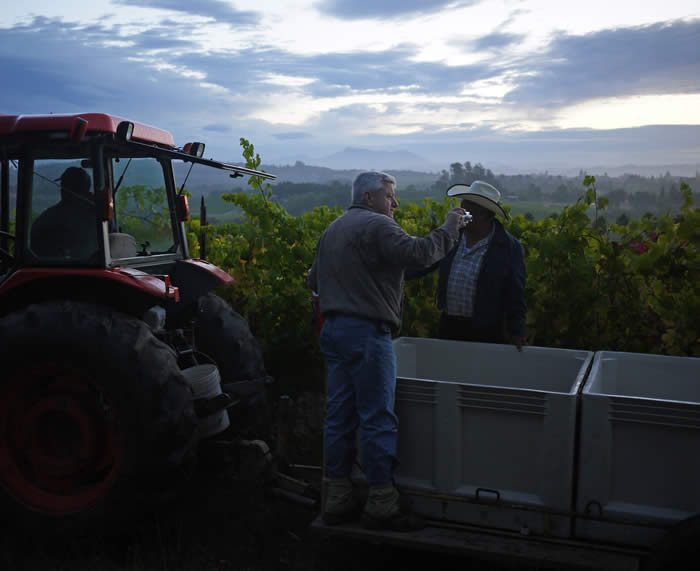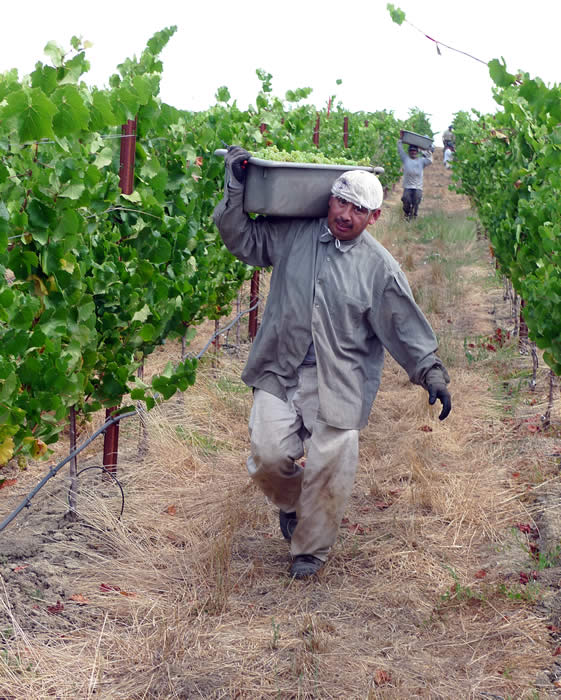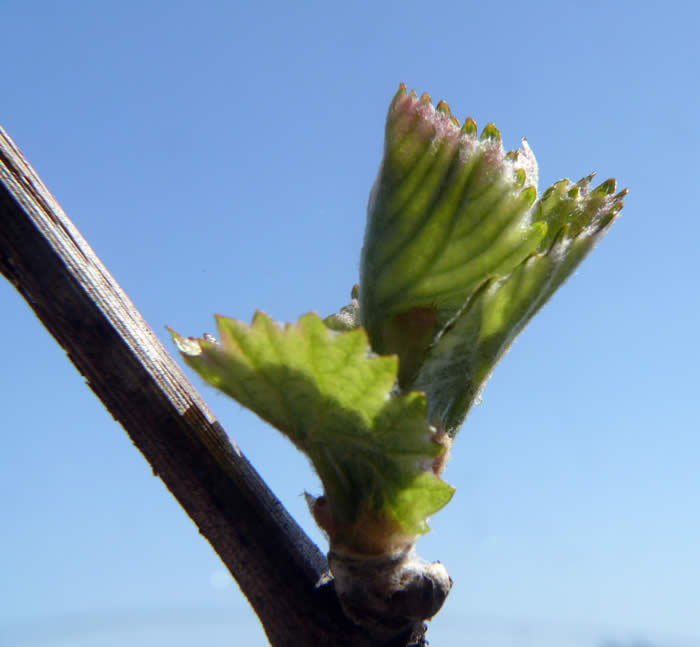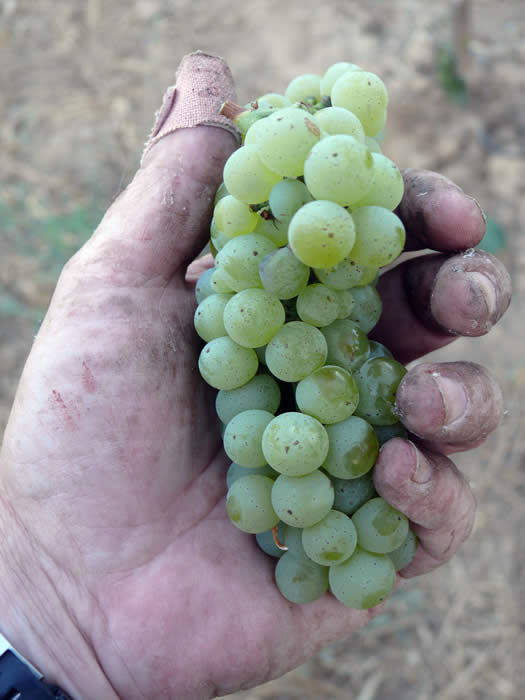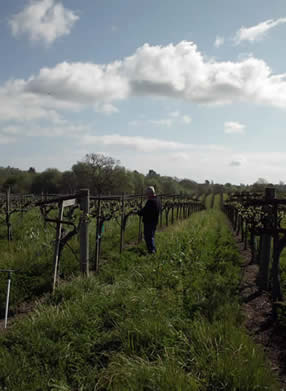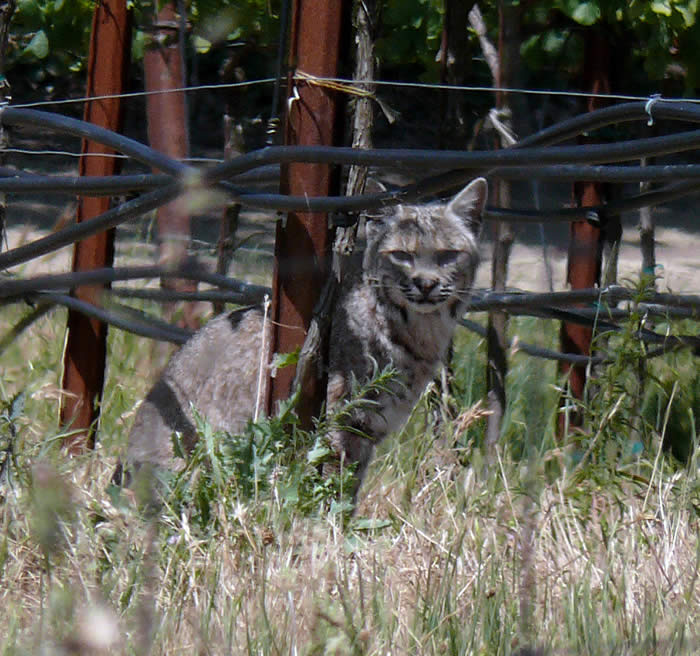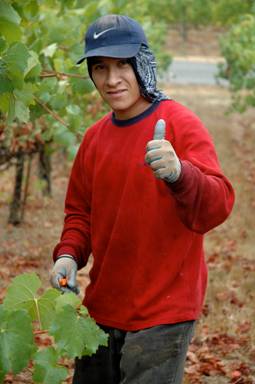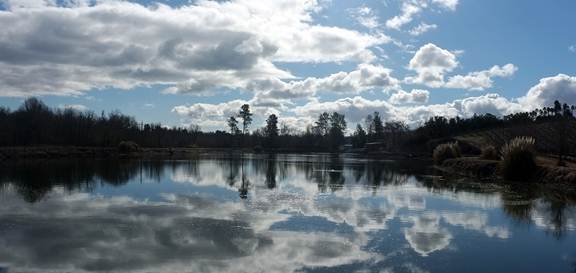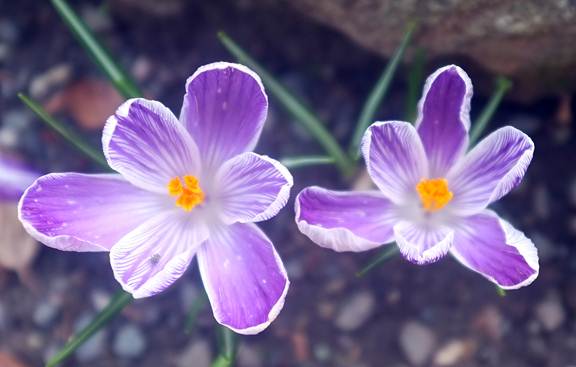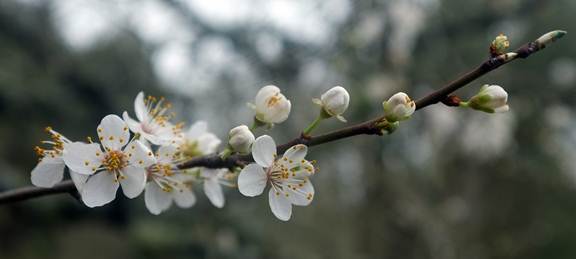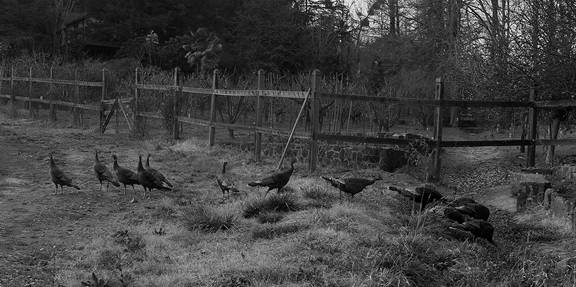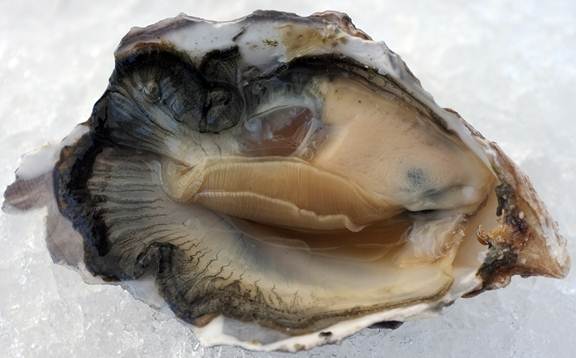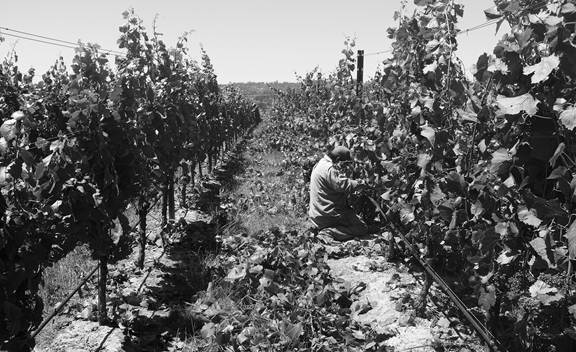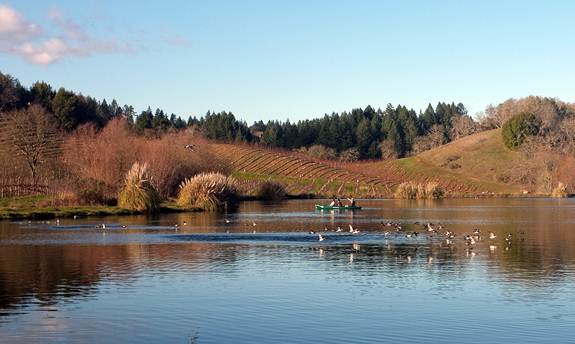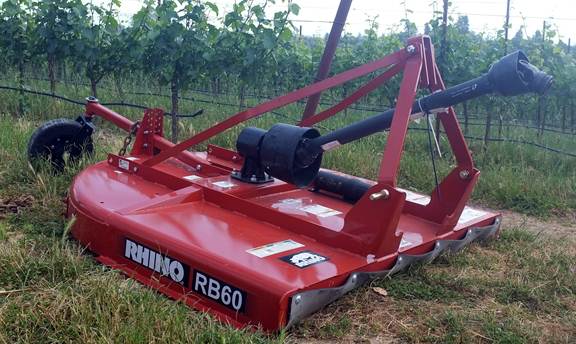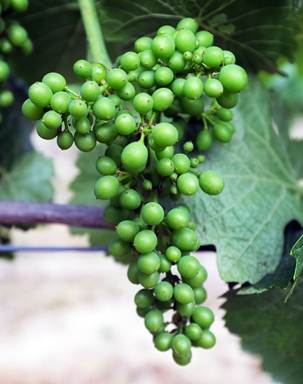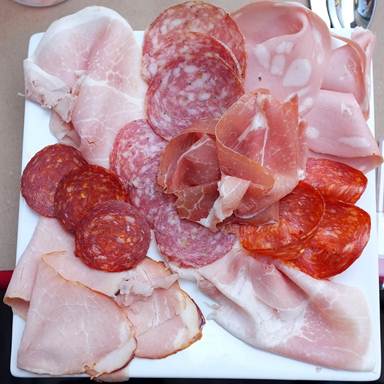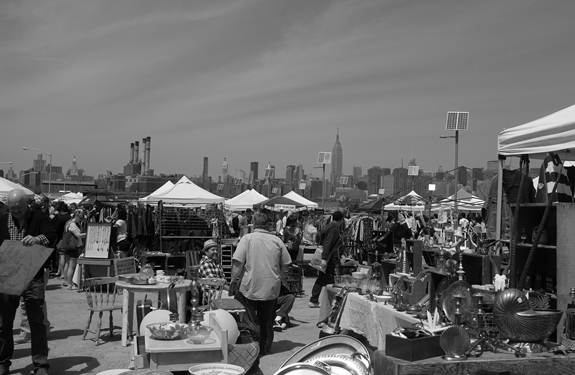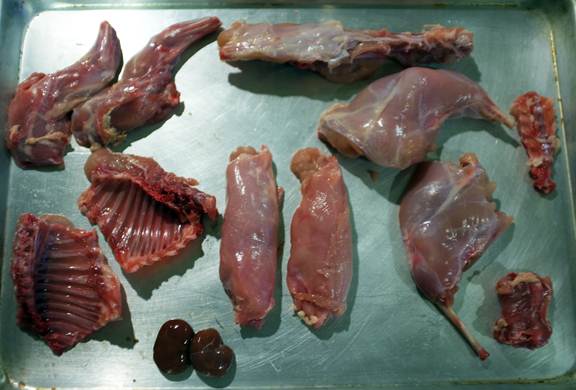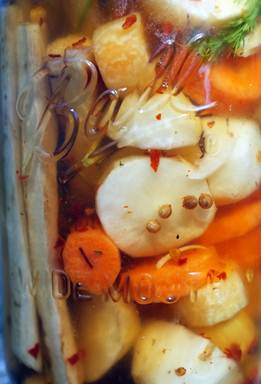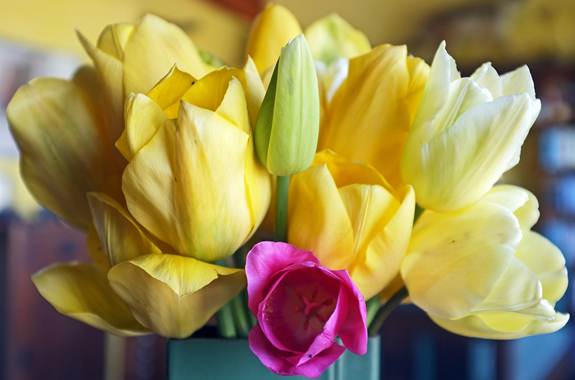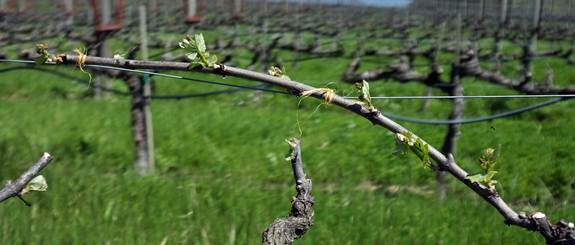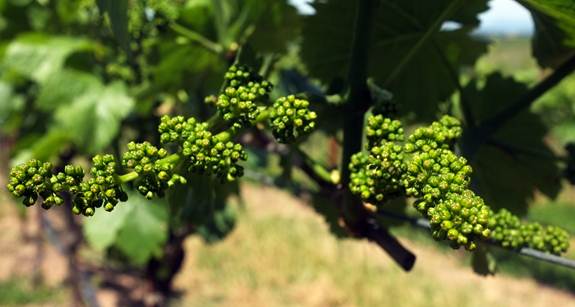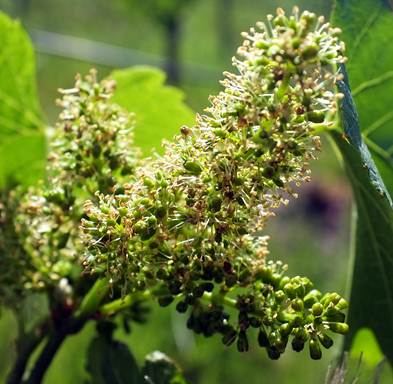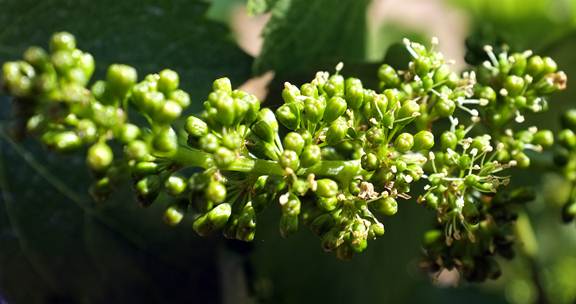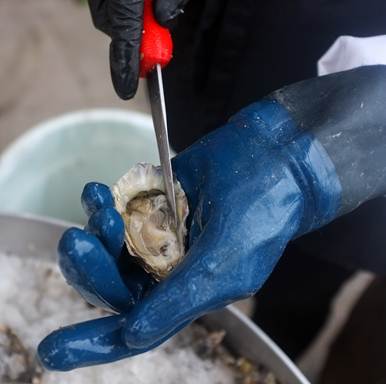 |
Home | About Us | Our Wines | Culinary | Come Visit | Events | Newsletter |
| Join our Club | Shop for Wine | ||||||
 |
|||||||
|
2008 Blog Archive Pt.1
|
In the Vineyard:
At Iron Horse "Estate Bottled" means that the winemaking begins in the vineyard. Our location in Green Valley represents the very best soil, climate and aspects for Pinot Noir and Chardonnay (for both sparkling and still). Our goal is to grow the best winegrapes we should be growing and we do that through what we call "precision winegrowing." All pruning, canopy management, irrigation, cover crop and even harvesting decisions are determined on a block-by-block (and sometimes even vine-by-vine) basis, considering both the vintage at hand and the long term needs of the land. In both our older vineyards and new plantings we use the best tools technology can give us and up to date viticulture - balanced by our 30 years of experience and passion.
A few fun facts: As of May 2013 we completed our replanting efforts, a significant undertaking. We started in October 2004, over the years we dug about 220 soil pits, pulled out 82 acres of vines that had been planted in the early 70’s, 80’s and, sorry to say, 90’s, then planted and budded about 121,600 vines (meaning 121,600 pencil rods, preceded by 121,600 drinking straws, 121,600 milk or juice cartons, at least 121,600 emitters, and so on) and pulled over 410 miles of wire. A bit less than 60% of the vines are Pinot Noir, while about 55% of the total acreage, we think, is best suited for still wines. Please note that everything before 2013 has been archived to the left, while below are the latest block maps. The 2013/2014 Drought & Iron Horse Vineyards
“Everybody talks about the weather, but no one does anything about it.” Charles Dudley Warner and/or Mark Twain.
“Prepare for worst but hope for the best,” anonymous English proverb.
"The feeling used to be, 'whatever you do, just don't talk about wastewater. Now, we're in-your-face about it. 'Nyah nyah, we told you so.'" Laurence Sterling, Los Angeles Times, February 23, 2014.
As can be seen from the above photo (taken February 3, 2014), unlike many, we here at Iron Horse, have water in our reservoir, more on why below. Still, that doesn’t change that we are experiencing a very serious drought. Normally in the period from July 1 (the start of the ‘rain season’ through January 31, we would have accumulated about 23.5”, instead we got a mere 1.8”. 2013 was the driest calendar year for about 120 years. So far in February we received about 10”. Before that 10” we could see the effects of the drought in what we didn’t see, cover crops. For example, there was no mustard growing in between the rows. This is a problem, we need the cover crop to grow to provide erosion control, weed control, help rebuild the topsoil (i.e. ‘green manure’) and encourage microbiological activity in the soil (like the bacteria that converts nitrogen in the soil to ammonia and then to nitrate, which can be taken up by the vine roots). Driving around recently I noticed many growers were irrigating, probably to help their cover crops. I thought about doing the same, but it was a Hobson’s choice, on one hand we need the cover crop, on the other we also want to reduce competition between the vines and the cover crop for what little water is still available. Mainly, though, we need to conserve as much water in the reservoir as possible. It’s kind of like trying to decide whether or not to wash the truck, if you do maybe it will rain, but if doesn’t rain, you’ve wasted water. Luckily the last storm solved the problem for me.
But, even though our reservoir is full, we still need to conserve as much water as possible because of frost. Right now the vines are dormant, and while the afternoons have been warm the mornings have been quite cold. Yet here we are in February and the acacia and wild plums are starting to bloom, there are plenty of daffodils to pick, and we even have crocuses popping up, so the chance of bud break being early is of concern.
Also, we tend to see more frost events during a drought as you only get spring frosts when the skies are clear and there’s no wind (I could go into a detailed explanation as to why that is the case, but I shall spare you this time). We need the water for frost protection as wind machines don’t work in hillside vineyards, which are what we’ve got (again, I’ll spare you a lengthy explanation as to why, granted I find it fascinating).
We’ve got water, because, instead of talking about the weather we actually did something about it. When people talk about this drought they think back to the drought of 1976-77. We remember that drought very well as that was when Audrey and Barry Sterling first purchased the land. One the first things they did was to finish the reservoir and ‘patent’ our water rights. Then in 1998 we made a deal with, what is now the Forestville Water District (I would have preferred they called themselves the Forestville Utility District, or FUD), to get advanced treated wastewater. It’s a win-win situation. When there’s not enough rain the FWD can’t discharge into the creek and instead sends the advanced treated wastewater to our reservoir. If there is enough rain, then there is enough rain. We then use the water for frost protection and irrigation. Simple really.
Even though it looks like we’ll probably have a properly full reservoir by April I’d still prefer for it to rain at least another 15 to 20 inches. That’s enough to get us up to ‘field capacity’ and generate enough run-off and drainage to get the creek flowing again, so that there will be enough water for this season and also recharge the ground water that feeds our wells. However, that may not happen, which explains the second quote, “prepare for the worst and hope for the best.” In addition to conserving and recycling as much water as possible we are changing how we prune our vines. No matter what you may have been told vine roots cannot find water like the turkeys below, particularly if there is no water to be found. Again I could provide a very detailed explanation as to why this is so, and probably will at some later date.
Another inconvenient fact is that living is stress enough. Overstress a vine (as in deny it water or over crop it) and chances are it will die and if it doesn’t, chances are even higher that what wine you do get will actually taste worse. So we’ve decided to prune as severely as possible to assure we get the best and most productive shoots we can. It can be a bit counter-intuitive, but if the vine is weak and the position is weak, it’s better to leave just one bud, allowing for one good shoot than two buds, as the most likely result are two weak unproductive shoots. Which means we will have a smaller crop this year, but it will taste just as good as last year – maybe. June 21, 2013 Happy Summer Solstice. Continuing with the theme of 2013, ‘farming, so as to make better wine,’ this entry will be devoted to irrigation and why it’s not bad, after-all grape vines, like it or not are plants and they need water. Also, some of the photos maybe unrelated to the topic, starting with a particularly delicious and photogenic Petite Miyagi from the Oyster Girls.
So far, this year is best characterized as dry, seriously dry. In 2013 we’ve recorded only 6.355 inches of rain, including the period that should have been the wettest time of the year. Instead, January through March was the driest on record and we’ll end the season at a mere 70% of normal. The Sierra snowpack is said to be only 17% of normal while local fire officials described current dry red flag conditions as the same as would normally be seen in August. Santa Rosa has already spent over $800,000 for water, as compared to over $660,000 for the same period last year, and yet most of the turf is already brown. It has also been relatively warm, so we have seen significant ‘vegetative’ growth (roots, shoots and leaves). As can be seen from the shot below, the guys have had to remove a significant amount of what is excess, or unwanted, growth, literally covering the ground behind them as they move along the rows.
That’s because as our valued Goldridge soil is a relatively sandy loam the osmotic tension (there will be more terms like that, so be prepared) needed for the vines to take up water is low, as compared to say, clay soils, meaning it is easier for the vines to take up the available water in the soil. As we only needed to frost protect maybe three mornings, and only for a few hours at that, the reservoir (seen below in January) was nice and nearly full. But, even though we started the season at full field capacity, there has been almost no recharge (often through some April rain and/or by running the frost protection system).
To preserve as much water as we can, in addition to shoot thinning, we disc and mow, where appropriate, the cover crop. We even had to buy a new mower to keep pace with the growth.
Where we haven’t been able to shoot thin, we are ‘hedging,’ hopefully reducing the plants’ water up-take and improve air flow, but I’m still worried. Which means we are irrigating the vines and when possible, adding 0-0-32 (a/k/a Soluble Potash K20) because potassium is a cytoplasmic osmoticon (more on that later). My concern is that as vines cannot regulate their water up-take, and as noted above, it has been warmer than usual and the osmotic pressure is low, so the vines are growing faster and using more water than might normally be the case in April, May and June. Moreover, as everyone knows, plants are very inefficient as the how they allocate photosynthate, this can be seen by the size of the grape leaves this year (the one on the far right is about nine inches across).
So the risk is that the vines will experience water deficit sooner rather than later, and that my friends (for if you’ve gotten this far, you are my friend), is potentially, bad. That said, set has been decent this season. Below, Pommard 5 Clone Pinot Noir, H2 Block, at E & L Stage 31, berries pea sized (up to 7mm diameter, note the hens and chicks).
No doubt there will be those that say that irrigation is bad, that we should be ‘dry farming,’ and there is no shortage of people who can be sited as authorities on the subject, like almost all of Europe, most of the wine press and probably a large number of somms. What they tend to ignore is that we have a wet season and a dry season in California, while, usually, it rains year-round in Europe (including Spain and Italy), which is why dry farming is easy in most years – but not every year, 2012 was a real challenge for many because it was too dry in August and September, while this year may be too wet. But what never ceases to amaze me is the number of people who really believe that roots will find water. Even people that should know better, for example, in a recent interview I read, Michel Chapoutier, “concerned with the immediate problems of rising alcohol levels brought about by increasing CO2 levels … suggested higher density planting, which would encourage roots to go deeper.” That simply isn’t possible. Roots can only go so deep before the soil is compacted such that they can’t grow downward, instead the roots will grow laterally. Further, deeper doesn’t always mean more water is available to a vine as ‘available’ water is a function of soil structure. Nor do vines have any sensory abilities, they don’t ‘feel,’ they can’t sense moisture and they can’t direct how or where they grow. Which begs the question, how can they all be wrong? The best answer is, as always from my favorite philosopher: “Meeting a friend in the corridor, Ludwig Wittgenstein (1889-1951) said: ‘Tell me, why do people always say that it was natural for men to assume that the sun went around the earth rather than the earth was rotating?’ His friend said: ‘Well, obviously, because it just looks as if the sun is going around the earth.’ To which the philosopher replied: ‘Well, what would it look like if it had looked as if the earth were rotating?’” We still refer to the sun rising in the East and setting in the West, when as most people now accept Earth rotates and orbits around the Sun. In the same way it appears to us that roots will find water, because they only grow where there is water. In effect, to paraphrase Wittgenstein, people see what they want to see and then believe what they want to believe, and people just keep on wanting to believe that roots will find water.
Above, various salamis and cured meats from Salumeria Rosi in New York City. Then there are a large number of people who are convinced that ‘dry farming’ or at least deficit irrigation makes for better wine. As for dry farming, it can be done in California, but you need to ‘farm’ appropriately. For example a neighbor planted 1,000 vines 4’ by 4’ and then insisted on ‘dry farming’ so as to “make for better wine.” After four years 400 of his vines were dead and the rest failing. Now if he had he spaced the wines maybe 10 feet a part, he might have actually produced to wine, maybe even a decent wine. The moral being; no wine does not make for better wine. Which gets the question whether or not dry farming and/or deficit irrigation makes for better wine, the idea being, as I understand it, is that stress can be good. Yes, there are studies that show that increased stress (as in less water) can lead to increased flavonoids. My problem is that, and I know this from personal experience, too much stress can be a negative. Just because a wine has more flavor does not mean the additional flavors are desirable. Mainly, while it is possible that deficit irrigation might make for better wine, we don’t know when the vines should be stressed and how much stress is needed to get the desired result. For example, we now know that when a grape vine is stressed it takes some of the available nitrogen in the vine and instead of converting it into an enzyme that aids photosynthesis, it turns it into an amino acid knows as proline. Now proline, at this stage is probably good, it is thought it acts like potassium, as a cytoplasmic osmoticon; i.e. it helps the vine maintain its osmotic pressure, which helps the shoots stand upright. However, it is also said that too much proline production can be detrimental to the end wine, as it can’t be metabolized by yeast during a standard fermentation. It appears excess proline can lead to stuck or sluggish fermentations. So, way back at the top I wrote that I was “continuing with the theme, ‘farming, so as to make better wine,’” and the obvious question is how will irrigating in May and June make for better wine, and the answer is I don’t know for certain. What I do know is the window when deficit irrigation is advised is pretty short, so hopefully by slowing the vines water up-take, reducing competition and irrigating I’m reducing the chance of over stressing the vines, while keeping the vines healthy over the long-term (note; we want them to last decades), and maintaining uniformity within a block, all of which, when put together should over time, allow us to make better wines. May 16, 2013
The other month, in a wine shop in ultra-hip Williamsburg, Brooklyn (the Sunday Brooklyn Flea can be seen below, note how hip they all are), the sales clerk looked at my card and asked, “how do we farm our vineyards?” I replied that we farm “so as to make better wine.” I got the impression he wasn’t happy with my answer (granted the chances of giving the right answer to a hipster, when you are my age and decidedly not a hipster, are slim and none, so I wasn’t surprised). I’m sure he expected me to talk about being biodynamic, or at least organic or maybe even how we were into ‘natural’ winemaking. Perhaps if I said something along the line of “we farm so as to accentuate the terroir,” I’d have scored some points, but I didn’t. What I did get was something to ‘blog’ about.
Some may have noticed that it has been a while since my last up-date. It’s not like we haven’t been busy; we have, mainly pruning and now shoot thinning. Or that there haven’t been any good photo ops, there have been, like the potassium bitartrate crystals (the first photo) that formed last January when David Munksgard was cold-stabilizing the 2012 rosé for sparkling. It’s not like there’s nothing new in my life after all, I’ve taken up new past times, like butchering chickens and rabbits - that’s a rabbit below.
And pickling all sorts of fun stuff, like burdock root, jerusalem artichokes and carrots.
It’s not that the flowers in the garden haven’t been extraordinary, they have been.
It’s not that the vines aren’t doing what they are supposed to be doing. Bud break began late March early April.
Which is about normal. The best indicator of when our growing season has begun is when we start our spray program. Since I’ve been keeping the records (starting in 2006 so this should not be viewed as an appropriate scientific sampling), the earliest was March 25, 2008 and the latest was April 23, 2012. The average start date is April 7, and in 2013 we started in H2 and 4 on April 5. So what does this tell you, one, I seem to have plenty of time on my hands, and two, vines don’t care about the calendar, only people do – and maybe wild turkeys, they seem to know when it’s hunting season. (I also think they have watches, or maybe smart phones, they seem to know can only be shot between a half an hour before sunrise and 4:00 PM, which is when they reemerge from where ever they are hiding, unless they are close to my house, another way to stay safe, which they are annoyingly good at.) And while, possibly, bud break is early this year, it has been uncommonly dry (very little rain in 2013) and warm (some days have been over 90F) and we’ve had very little frost, so the vines are progressing nicely, if not a tad too quickly as can be seen by the photo below (taken May 5): Pinot Noir, H4 Block, Pommard 5 Clone, 3305C root stock inflorescences (not yet grapes, think pre-flowers), at E & L (Eickhorn and Lorenz) stage 17/18: 12 to 14 leaves, separated, inflorescences well developed, separated, with some color fading from green.
It’s just that there hasn’t been anything new to write about, which brings me back to my topic, how we farm here at Iron Horse, which I plan to address throughout the season starting with this one comment, followed by a lengthy explanation: Just as the vines don’t consult calendars, we don’t make our farming decisions based upon the stars, planets and the moon (the sun, well, it’s hard to ignore, vines need light and/or heat). I am fully aware that there are any number of treatises, articles, etc. that emphasize the importance of the phase of the moon when pruning and planting, going back millennia; for example, according to Pliny the Elder, "all kinds of cutting, picking, or shearing are accomplished with less damage during the waning moon than when the moon is on the increase." Biodynamic growers are also supposed to prune under a new moon because ‘a full moon would pull the sap high into the vine and would be lost once the vine is cut, ’ which is an excellent example of reason over reality. We start pruning in mid-December, after the vines are dormant and have lost their leaves, by which time the phloem has sealed itself off with callose for the winter. (Go ahead and Google phloem and callose - basically the vine is protecting itself from diseases, etc., unfortunately not all of them, which is why we cover every pruning cut with B-Lock, an elastic boron based seal that provides better protection against nasty fungi, like eutypa.) Moreover, we try to be done before bud break, so most of the time, while we are pruning, the vines are dormant, meaning the sap isn’t flowing. More important, a vine doesn’t have a limited reservoir of sap, so, so what if some of the sap is lost? if it is lost at all? From my own observations, once a vine is starting to wake up pruning wounds ‘weep’ no matter the phase of the moon. Granted we seem to know very little as to why vines seem to ‘wake up’ when they do, other than if we delay pruning a block it will bud out later than a block pruned earlier, and bloom later and so on. For example we have about a three-week gap between the first block to break and now bloom (H2 and H4) and the last blocks (G and F), even though all four are Pinot Noir. Below (taken May 14), Hyde Old Wente Clone Chardonnay, Cd&e block, at E & L Stage 23; full bloom, 17-20 leaves separated 50% caps off.
Compare that to a Dijon Clone (96 or 76) Chardonnay inflorescence, F Block, maybe at E & L stage 20, 10 to 30% caps off, on May 15. While at most, vines are about 400 meters a part, the first block is about 10 or so days ahead of the second block.
Which gets me back to my initial point, we make our decisions on when, where and how to prune so as to make better wine. A very important element is uniformity in ripening and maturity of the fruit at harvest, which means once we start pruning a block we don’t stop until the block is completely pruned. As we have 160 acres, limited time and a limited number of skilled pruners the last thing we want to do is to stop midway through a block and wait for the moon to be in the right phase, that would lead to uneven ripening and the resulting wine wouldn’t be as good, even though some sap may have been ‘wasted.’ This is the whole reasoning behind precision viticulture. Meanwhile, below a beautiful Miyagi Oyster, from Tamales Bay shucked by one the Oyster Girls.
|
| Contact | Direct Shipping | Trade & Media | Site Map© Iron Horse Vineyards | Privacy Policy |
